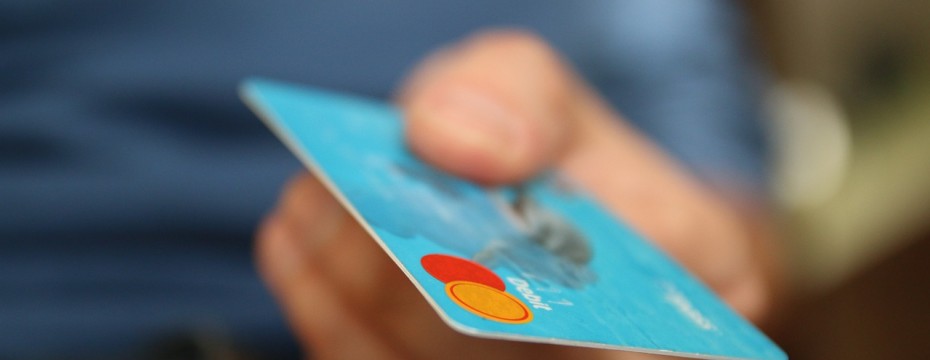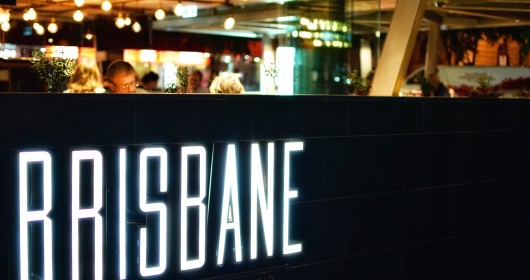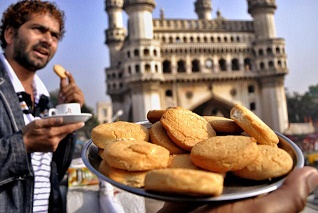My banking experience in Singapore

An interesting discovery in Singapore (where I was based for most part of my stay in the ASEAN region) was while opening a savings bank account for salary credits. I had opened my first bank account in India, in 2004, within a month of joining my first job and have been handling my banking affairs ever since, on my own. Hence, opening my first overseas bank account, a decade after opening my first bank account in India, did not seem to be much of a challenge. I walked into the POSB bank branch opposite my house in Singapore, quite confidently, to complete the formalities. The executives there were very helpful and the entire process got completed in half an hour. During my interactions with the bank executive who was assisting me, I realized that I would not be given a cheque book to make payments – a pleasant surprise indeed! On asking how payments were to be made for rent, utilities and such other dues, I was told that either I would need to deposit cash into the said account of the service provider/payee through an ATM or simply initiate a fund transfer through the internet banking module of the bank.
As Indians we are used to receiving a cheque book for the savings bank accounts opened, by default. However, in Singapore, banks do not issue cheque books to savings bank account holders, at all. To get one, the account holder needs to make a special request with sufficient justifications and even then, the cheque books would be chargeable. Cheque books are issued only to holders of current accounts.
The reasoning for this is that internet connectivity is excellent in the country; almost like any other basic utility service like electricity/water/cooking gas etc. The ATM network is excellent too and the few banks that operate in the country have a dense network. The Monetary Authority of Singapore (RBI’s counterpart there) has done away with the need to issue cheque books to savings bank account holders thereby saving great amounts of paper and processing time. All payments are either by way of electronic transfers or through direct cash deposits into the account through ATMs.
For someone who was used to issuing cheques regularly in India, along with the usage of internet banking to make payments, this was still a surprise. This just meant that for cash withdrawals, one had to use an ATM or visit the bank branch and use a withdrawal slip.
As a bank customer who used a wide variety of banking services in India using branch and internet banking, this was not a difficult adjustment to make. Just a mindset change was required, that’s all. Of course it saved the effort of having to track cheques issued but not presented for payment and having to apply for fresh cheque books.
Banking in Singapore was very easy. ATMs in train stations and in every second building ensured that one never had to carry much cash around. All merchants accept credit/debit/prepaid cards. Several bank branches are also present in malls and work on weekends. Having said that, there are several senior citizens in Singapore even today, who don’t use internet banking or ATMs and depend on the bank branch for all their transactions, the traditional way. Some things are universal constants!
Banking in India is not lagging behind by any means and with the mobile revolution underway, mobile banking is gaining in a very big way. Another discovery though, was that unlike India where most ATMs are housed in a separate cubicle, most ATM machines overseas are also affixed in the wall of a building’s ground floor with the user interface visible to the customer and the rear part of the machine accessible to the concerned authorities from inside the building. The machine is not in an enclosure like in India and is part of the building’s facade. The facade is not covered by any kind of enclosure either. The keypads in the ATMs have 2 inch high ‘walls’ on 3 sides to provide the customer sufficient privacy and prevent visibility of the passcodes being typed, to a shoulder surfer. People await their turns patiently at a distance of 6 feet behind the customer using the ATM, so unlike what I was used to in India.
I didn’t know banking experience could be so different!





